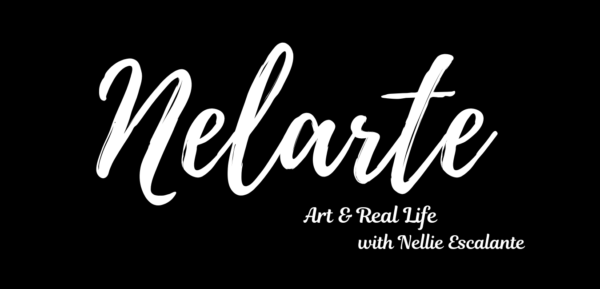
If you have known me for any amount of time you know how much this painting means to me.

Mainly because de Pareja reminds me of my dad every single time I see this work, and second, we have a person of color painted with such dignity in the 17th century! We know his name and we know that he, himself, was an artist!

For the first time, a selection of Juan de Pareja’s works have been assembled for exhibition where he is presented as an artist in his own right, not just the enslaved assistant of Diego Velazquez.

About Juan de Pareja

We know about Juan de Pareja because of the famous portrait painted of him by Diego Velázquez.
Velázquez painted de Pareja in 1650 during a trip to Rome where he was charged by Phillip IV to acquire antiquities to bring back to Spain. Velázquez took de Pareja, his slave at the time, to assist him. During that period, he painted him and after exhibiting the work for one day in Rome, both painter and subject became instantly famous.
Juan de Pareja was, born into slavery in Antequera, Spain in 1608. It is believed Velázquez, may have inherited him from a relative. He worked in Veláquez’s studio since the 1630s. Soon after this portrait was painted, Pareja was freed, allowing him to work as an independent painter in Madrid. He died in 1670.
The relationship between portraitist and sitter is complicated when one is legally owned by the other as the the objectification intrinsic in artist representation of models becomes “disturbingly literal.” However, in the history of European representations of people of color Velazquez’s approach departs from overtly racist stereotyping and disempowerment. The creation of this portrait of de Pareja by Velázquez may have been what forced the painter to recognize his sitters humanity, a revelation that lead to his freedom nine months later.
Works by de Pareja in the Exhibition
Besides the two works seen below, there are three others by Juan de Pareja on display in the exhibition, including his masterpiece, The Calling of St. Matthew, 1661, where he includes a full length portrait of himself.


The Calling of St. Matthew

In his Calling a Saint Matthew, executed in Madrid 11 years later, Pareja clearly evokes Velázquez’ earlier portrait in his pose and clothing, a play that Jesse McCarthy has described as a subversive form of mimicry. By inserting himself into the scene, den Pareja aligns Matthew’s spiritual transformation with the literal shift in his own status using a host of cultural signifiers, including his own skin color and physiognomy, to position himself in the art world.
Arturo Schomburg – An Afro-Boricua puts Juan de Pareja back on the Radar
What anchors this exhibition is Afro Boricua scholar Artuto Schomberg who put Juan de Pareja back on the radar for art historians back in the early 20th century.

In the 1920s, Schomburg sold his 10,000-item collection of African art and archives to the Carnegie Corporation for the creation of what would become the New York Public Library’s Schomburg Collection, with his earnings, “On June 12, 1926, Arturo Schomburg set sail in 1926 from New York Harbor for Europe …writing, ‘I depart now on a mission of love to recapture my lost heritage.” His quest for knowledge and subsequent research about Juan de Pareja would become the seeds for a renewed interest in Juan the painter!
Source: Juan de Pareja: Afro-Hispanic Painter in the Age of Velázquez

Don’t miss this exhibition at the Met
Come see this story unfold at the Metropolitan Museum of Art! The exhibition is up until July 16, 2023.
